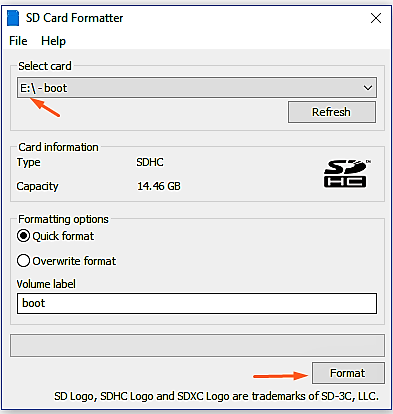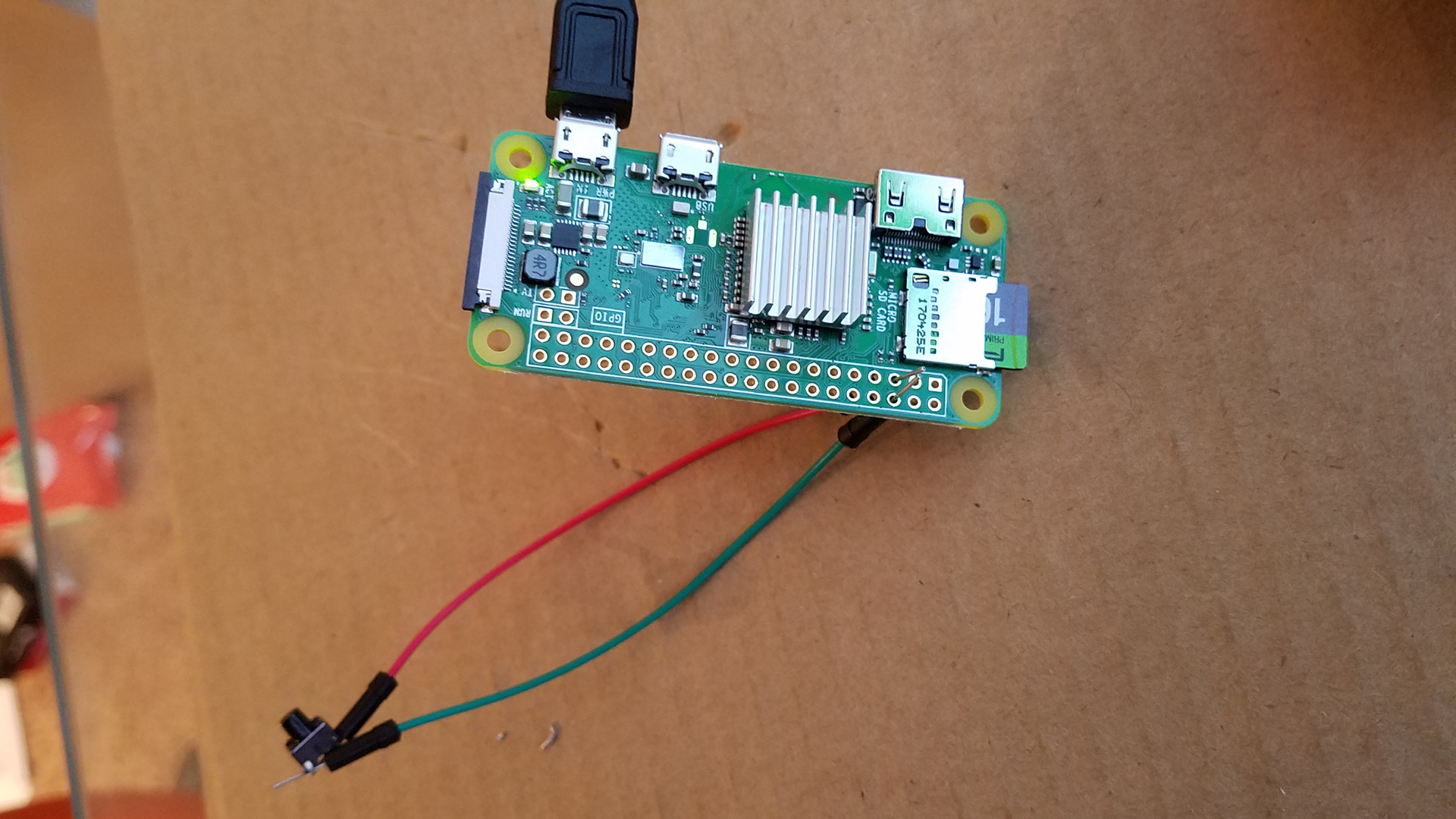

This article covers setting up a Pi Zero for SSH USB access using a Mac. The Raspbian image version has also been updated. When you connect your computer to your Raspberry Pi for the first time, you’re prompted by a message warning you that you’re attempting to establish a connection with an unknown host.UPDATE: This article now covers the new security change that disables ssh access by default. Note: if you defined a different hostname and username rather than raspberrypi and pi, you should use those instead.Ĥ) Enter your computer password (so you can run a sudo command), and type yes.ĥ) When you’re asked to type a password for your Raspberry Pi type the password you’ve set previously, press Enter/Return. Follow these steps:ģ) Type the following command: $ sudo ssh In Mac OS X and Linux, you can use the default Terminal window to establish an SSH communication, because SSH comes in all Unix-based OSes. It has grown to be one of the most popular methods for communication between different devices. SSH is based on a Unix shell, so it allows you to access your Raspberry Pi files from a remote machine by using terminal commands. SSH (which stands for secure shell) is a method of establishing a communication with another computer securely. We recommend downloading the putty.exe file.

Here’s how to install it:ġ) Open your web browser and go to 2) Download PuTTY. If you use Windows, you need to download and install a free application called PuTTY. You need to install it on your computer if you haven’t already. To communicate with the Raspberry Pi via SSH, you need a software to handle SSH communication. SSH is based on a Unix shell, so it allows you to access your Raspberry Pi files from a remote machine by using terminal commands.

5) Connecting via SSH to the Raspberry Pi Then, power up the Pi using a 5V DC power source. Now, safely eject the microSD card from your computer and insert it on the Raspberry Pi. When the Raspberry Pi starts up, the OS will find the ssh file and will automatically activate SSH.


 0 kommentar(er)
0 kommentar(er)
